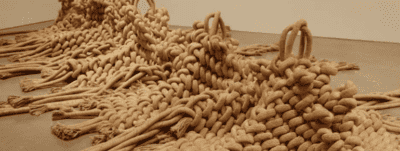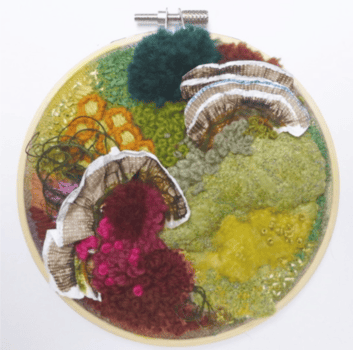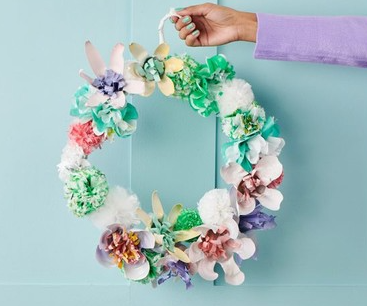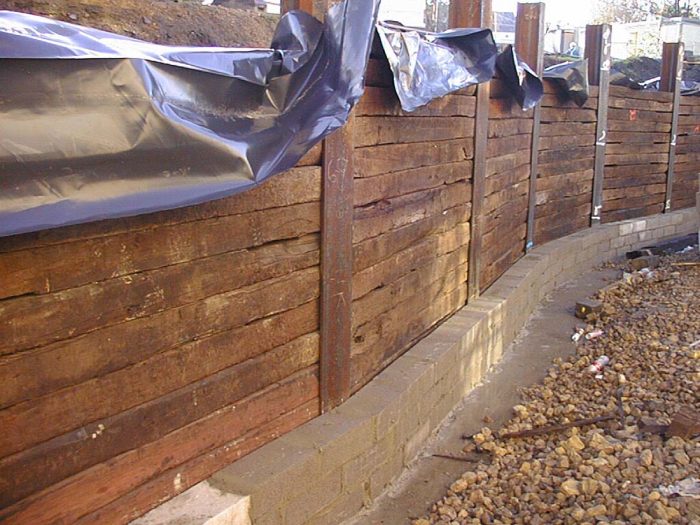Long associated with traditional knitting, weaving and embroidery techniques, objects which are made from natural or synthetic materials are known as fibre art.
History
Fibre art goes back thousands of years, with the Egyptian, Greek and Roman empires using fibres to make textiles and clothing. It has also been associated with tapestries, wall hangings and sculptures and in more modern times has become an art form and a major strand of the art world.
According to The Guardian, fibre art has always been regarded as subversive but is now being taken seriously in the art world. There is even a new show at London’s Barbican showing off the power of textiles in art.
Artists have used fibre art to explore issues of gender, race and culture and to deliver a powerful message about social justice to viewers.
Amateur artist
And it’s not just professional artists experimenting with fibre art. Many crafters and amateur artists are also expressing themselves using it. A surge in crafting such as macrame and knitting means that anyone can have a go using a macrame kit or knitting kit. There is no shortage of suppliers if you’re looking for a macrame kit to try it out. You could also try felting, crochet or embroidery to create something unique for your home or to wear.
Bright and vibrant
Materials made from fibre form the basis of fibre art and include silk, wool and cotton on the natural side, but also synthetic fibres such as nylon. What unites all fibre art is the vivid use of colour and different textures. Because of the vast number of different materials and techniques that can be used, the fibre art movement is dynamic and diverse, with both small and large artworks that delight, inspire and challenge those who view them.




